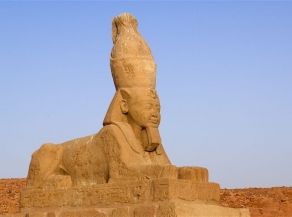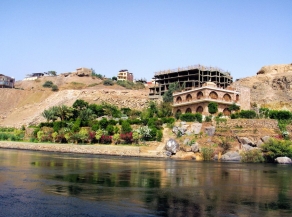

Oct 23, 2019
Flooding of the River Nile
- By : Neveen Mahmoud
- In : Winter 2019
Flooding of the River Nile
The River Nile is very important for life in ancient and Modern Egypt. Agriculture depended on its summer floods. Flooding of the River Nile time is Variable . From one hand the High floods could devastate settlements, and from the other hand the low floods reduced crops yields and caused famine. So the flooding of the River Nile is considered Double-edged weapon. The River Nile flooded every year between June and September. The three stages of the Egyptian flood cycle were Akhet, the time of the Nile flood, Peret, the sowing time, and Shemu, the time of harvest Hapi was the Nile god. Ancient Egyptians believed that the Nile flooded every year because of Isis's tears of sorrow for her dead husband, Osiris. Egypt’s rulers levied taxes based on the size of a farmer’s field and his crop yield. The Nilometer was a method that recorded the level of a flood through marks on river banks. But In the modern Egypt ,flooding of the River Nile is more controllable and there are new methods that measure the floods and control it such as Aswan dam which called the low dam. And later they depended on the high dam in Aswan which was across the Nile River in Egypt is completed on July 21, 1970 after ten years of work. It serves the irrigation needs of both Egypt and Sudan, controls flooding, generates power, and helps in improving navigation across the Nile. The Aswan High Dam brought the Nile’s reclaimed more than 100,000 acres of desert land for cultivation, and made additional crops possible on some 800,000 other acres.


